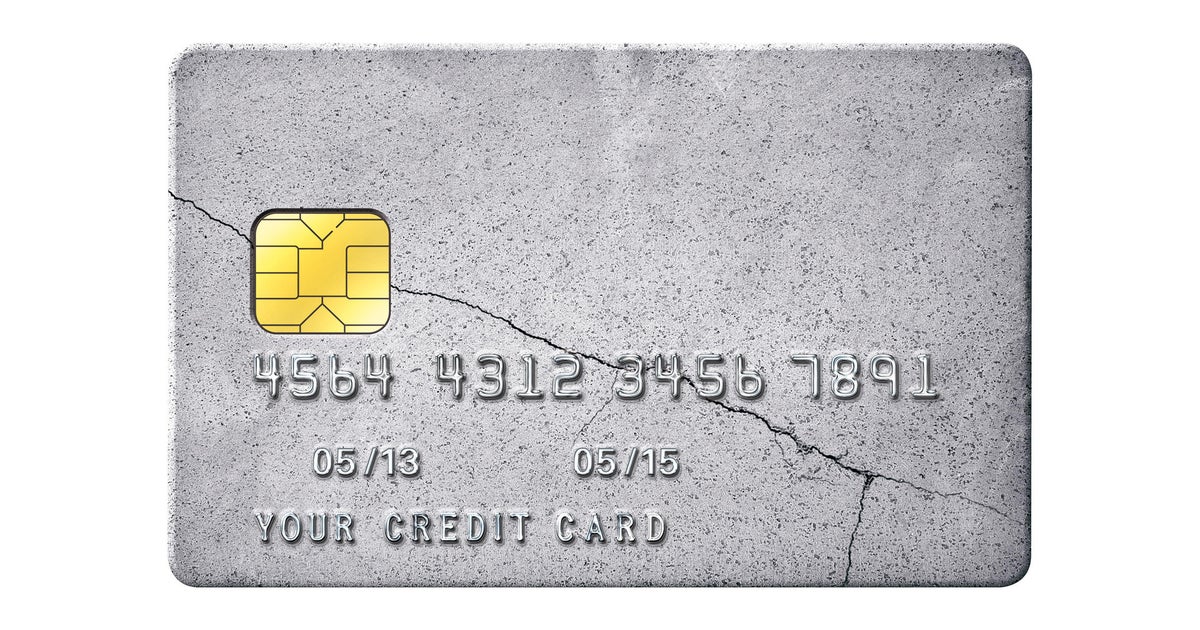How to pay for college this fall
With the fall 2023 semester only weeks away, now is a great time for students and their families to think about how to pay for college. If you don't have the savings to pay for college upfront, there are several ways to cover the costs of school. But with college costs continuing to rise and interest rates at elevated levels compared with recent years, it's important to carefully consider different funding options.
You can easily explore your private student loan options here now.
How to pay for college this fall
Some of the most common ways to pay for college include:
Federal student loans
College students can apply for student loans with fixed interest rates from the federal government. These include both Direct Subsidized Loans and Direct Unsubsidized Loans, with the former having lower interest rates for students with certain financial needs.
"Generally, federal student loans offer lower interest rates than private loans. Since these loans have terms of 10 to 30 years, the lower interest rate can result in significant savings over the life of the loan," says Omar Ochoa, founding attorney at Omar Ochoa Law Firm.
Plus, he says, federal student loans generally have favorable repayment and forgiveness options. Yet "as generous as some of the repayment and forgiveness options are, there are eligibility restrictions that can make a person's head spin trying to navigate."
The annual aggregate borrowing limit for federal student loans is $57,500 for undergrads, though schools determine the specific amount you can borrow.
Private student loans
Another way to pay for college is to take out private student loans.
While these might not have some of the advantages of federal student loans, like the potential for federal loan forgiveness, sometimes private student loans are necessary to cover a funding gap.
"Private student loans will generally have higher borrowing limits, providing more funds to cover education expenses. Private loans also usually have fewer restrictions and are easier to obtain than federal student loans," says Ochoa.
That said, private student loans might have certain limits or at least higher rates if you have bad credit.
"If you don't meet the minimum credit score set by the lender, interest rates for private student loans tend to be higher than federal loans," says Graham Ortmann, a senior financial analyst at Peak6 and Certified Public Accountant with the financial literacy app Zogo.
Sometimes, however, private student loans offer lower interest rates than federal student loans for certain borrowers, particularly those with good credit. So, it makes sense to compare the cost of borrowing via federal student loans versus private student loans.
See what private student loan rates you could qualify for here now.
Grants
Grants can provide free money to students to help pay for college, typically based on financial need.
Pell Grants, for example, are federal funds that do not have to be repaid. Students can apply for Pell Grants by submitting a Free Application for Federal Student Aid (FAFSA). The maximum amount for Pell Grants for 2023-2024 is $7,395. Students can also get grants from other sources like state governments or nonprofits.
"This is free money you don't have to pay back, which is not only advantageous now but will also help you save money in the long run by avoiding or reducing repayments with interest required by loans," says Ortmann.
So, whenever possible, take grants and scholarships first, he says.
Scholarships
Scholarships are similar to grants, in the sense that the funds do not need to be repaid, but eligibility can extend beyond financial need. Colleges can give scholarships themselves, as can other organizations like companies and foundations.
Look online for scholarship opportunities to increase the amount of free money you can get to pay for college.
"You may have certain requirements to attain and retain grants and scholarships, like participating in a specific academic program or maintaining a specific GPA, but putting in the effort to meet these requirements will save you lots of money down the road," says Ochoa.
Keep in mind that while grants and scholarships can help reduce borrowing needs and are generally the preferred initial route, you might also look into student loans at the same time so you're prepared.
"Applying and qualifying for a federal student loan doesn't mean you have to accept it. And even if loan funds are actually dispersed to you, you can generally return that money at no interest or penalty if you find out that you're receiving more grant or scholarship funds than you had anticipated," says Ochoa.
Applying for private student loans might not be quite as flexible, but it could still be helpful to compare rates ahead of time to get a better idea of what will work best for you. If you know that you'll need a certain amount of funding to cover a shortfall after grants, scholarships, and/or federal student loans, then being prepared can help you get the best deal, rather than rushing into a costly decision. Learn more here now.




